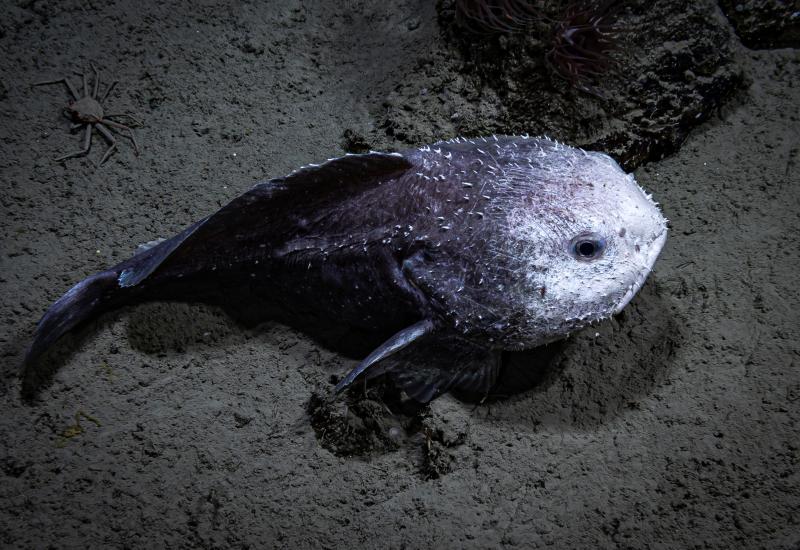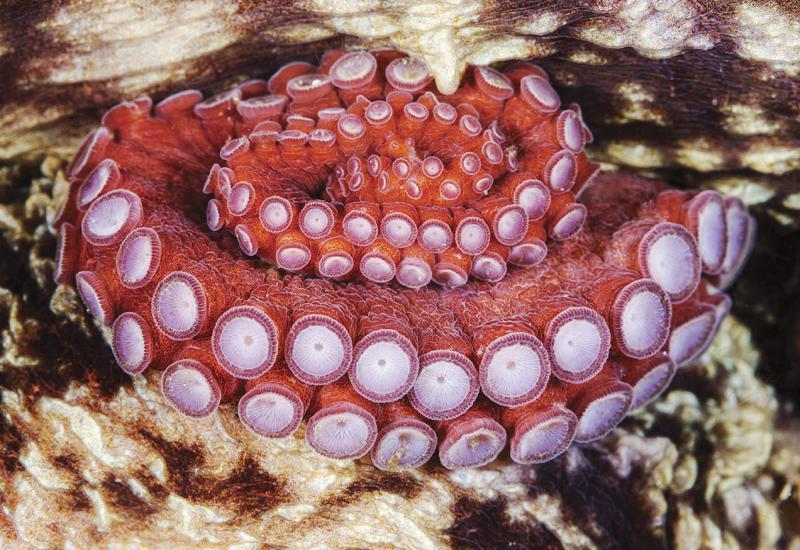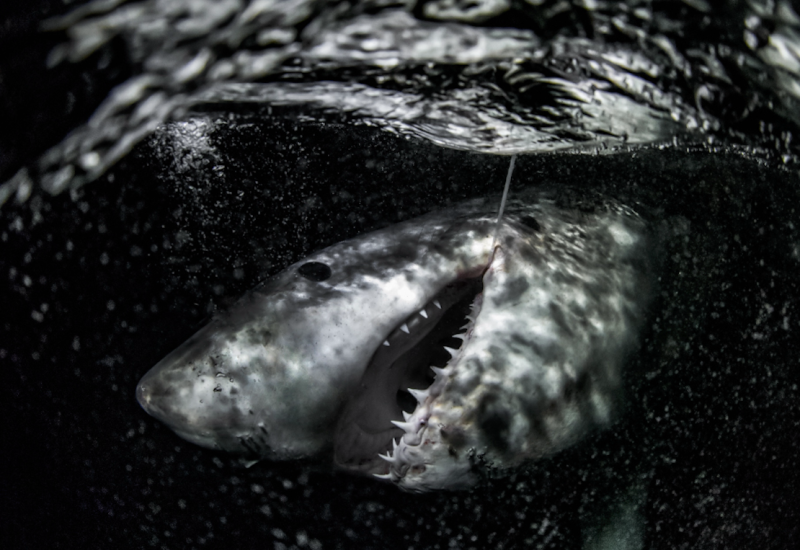9 Marine Creatures that Should Command a Scuba Diver's Attention
Divers spend most of their time out of the water trying to convince others that Steven Spielberg’s Jaws is not lurking around every corner on the reef looking for an easy meal. But we do have to face reality: Divers are visitors to the underwater world. It pays to be cautious around certain marine animals that want to make one thing clear — we’re on their turf.
“I would be a little cautious about saying these animals are aggressive,” says Dr. Richard Smith, a marine biologist and underwater photographer. “Most marine creatures are aggressive as a defense mechanism only.”
Humans simply aren’t on the dinner menu for any marine creatures, but nosy divers sometimes suffer from attacks, bites and stings. It pays to be aware of your surroundings, have excellent buoyancy control and know which species to keep a careful eye on. Here are nine marine creatures that might snap back if you’re not careful.
Lionfish
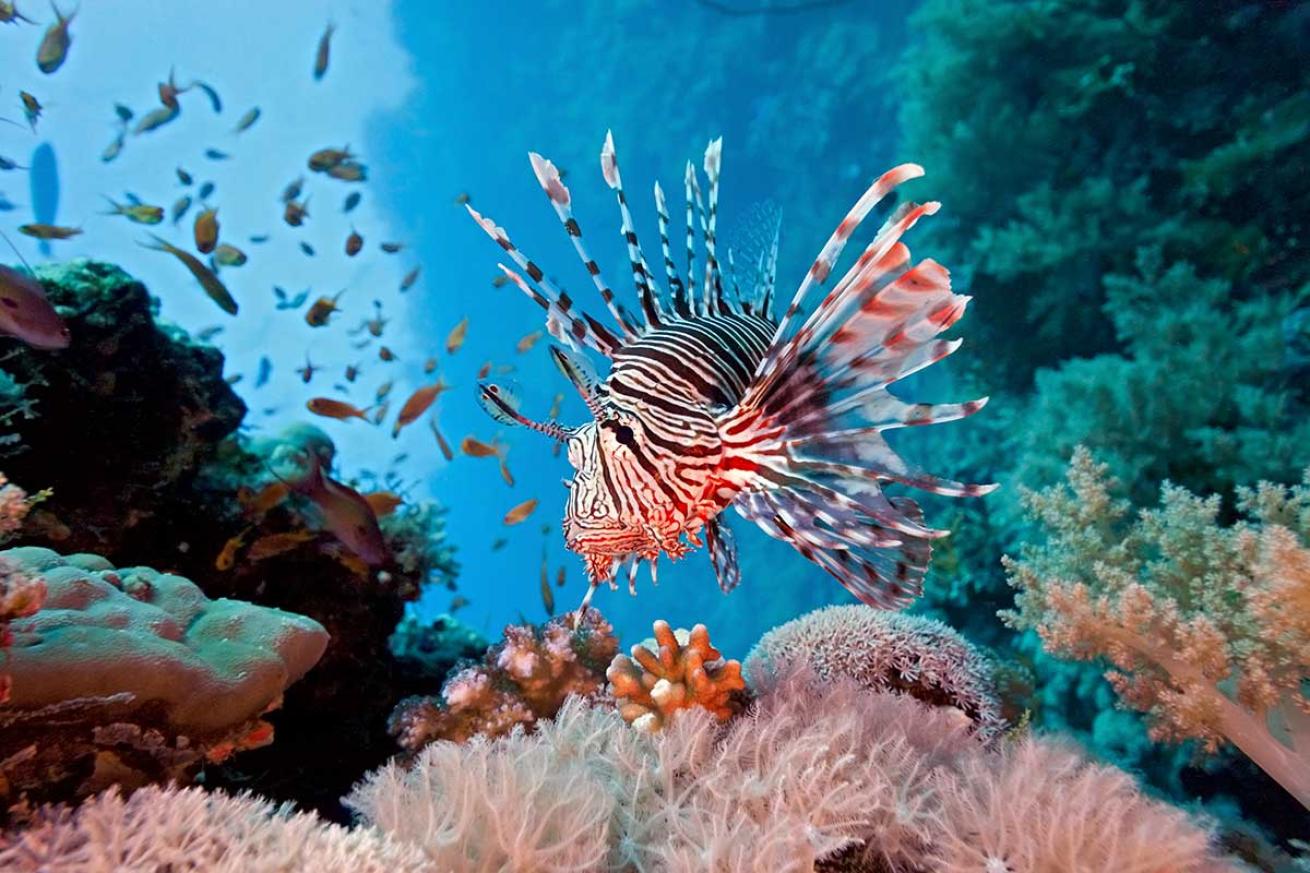
iStockphotoLionfish
“I dive on western Pacific coral reefs and I'm always cautious around lionfish, stinging hydroids and stonefish,” says Dr. Gary C. Williams, curator of invertebrate zoology at California Academy of Sciences. “The best precaution for all three is to always maintain neutral buoyancy, always hover above the bottom, and don't touch the actual surface of the reef, rubble or sandy areas.”
Lionfish are beautiful, but the flamboyant dorsal spines that make them stand out are also what make them dangerous. These spines are venomous, and divers could be in for a lot of pain if they get punctured (here’s what to do if it happens to you). In the Caribbean and western Atlantic, these fish are invasive and often the target for spearfishermen. Because these divers are often handling dozens of fish a day and bagging them, they can get punctured inadvertently.
Stonefish
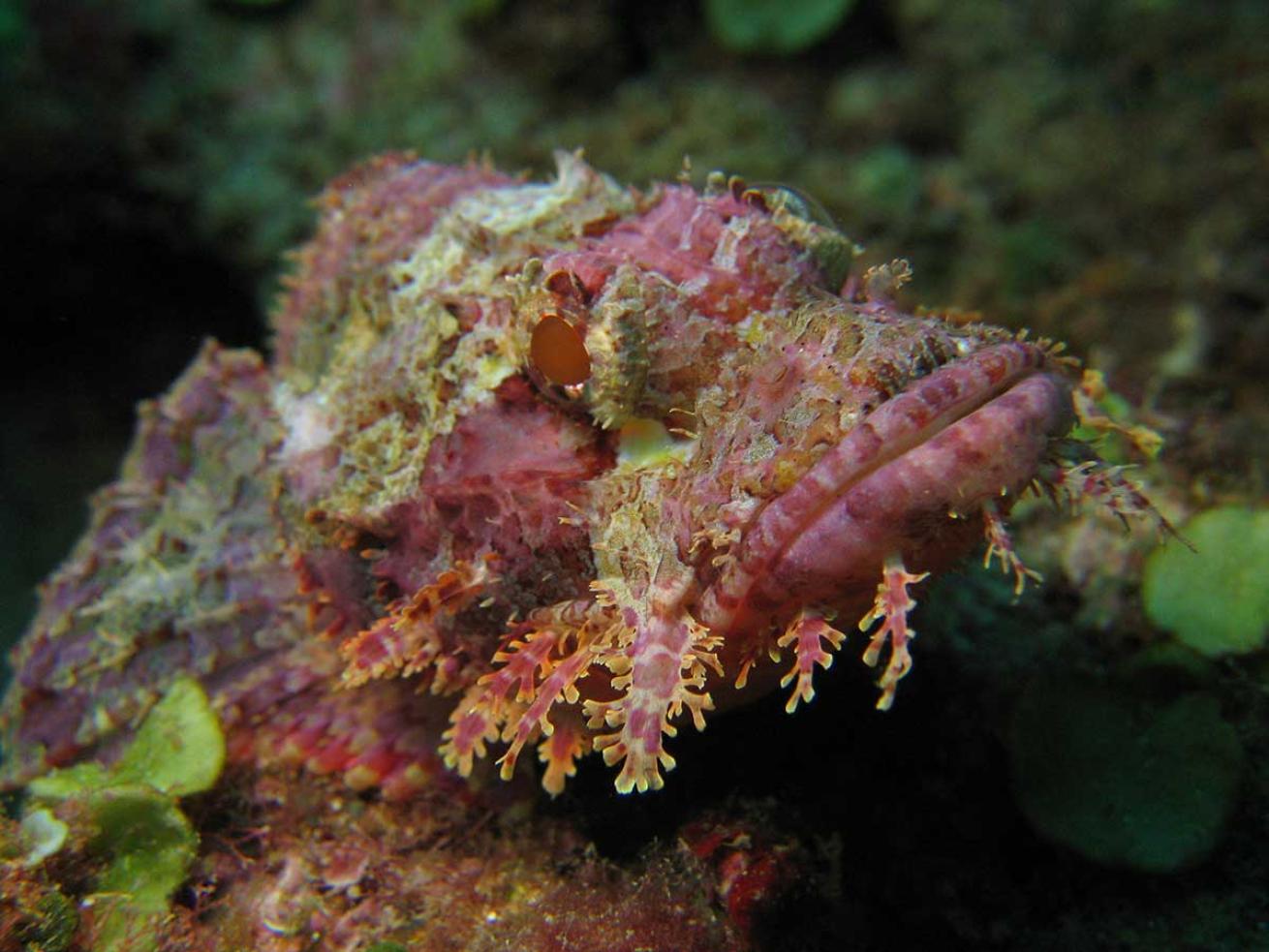
iStockphotoStonefish
These are among the most venomous fish in the world, but are classic examples of an animal that could kill you, but will never go out of its way to do so. The problem lies in the fact that stonefish are skilled in the art of camouflage. They deftly blend into the reef, and could inject venom if a diver accidentally harms or steps on them. This is where situational awareness and buoyancy control are key.
Stinging Hydroids
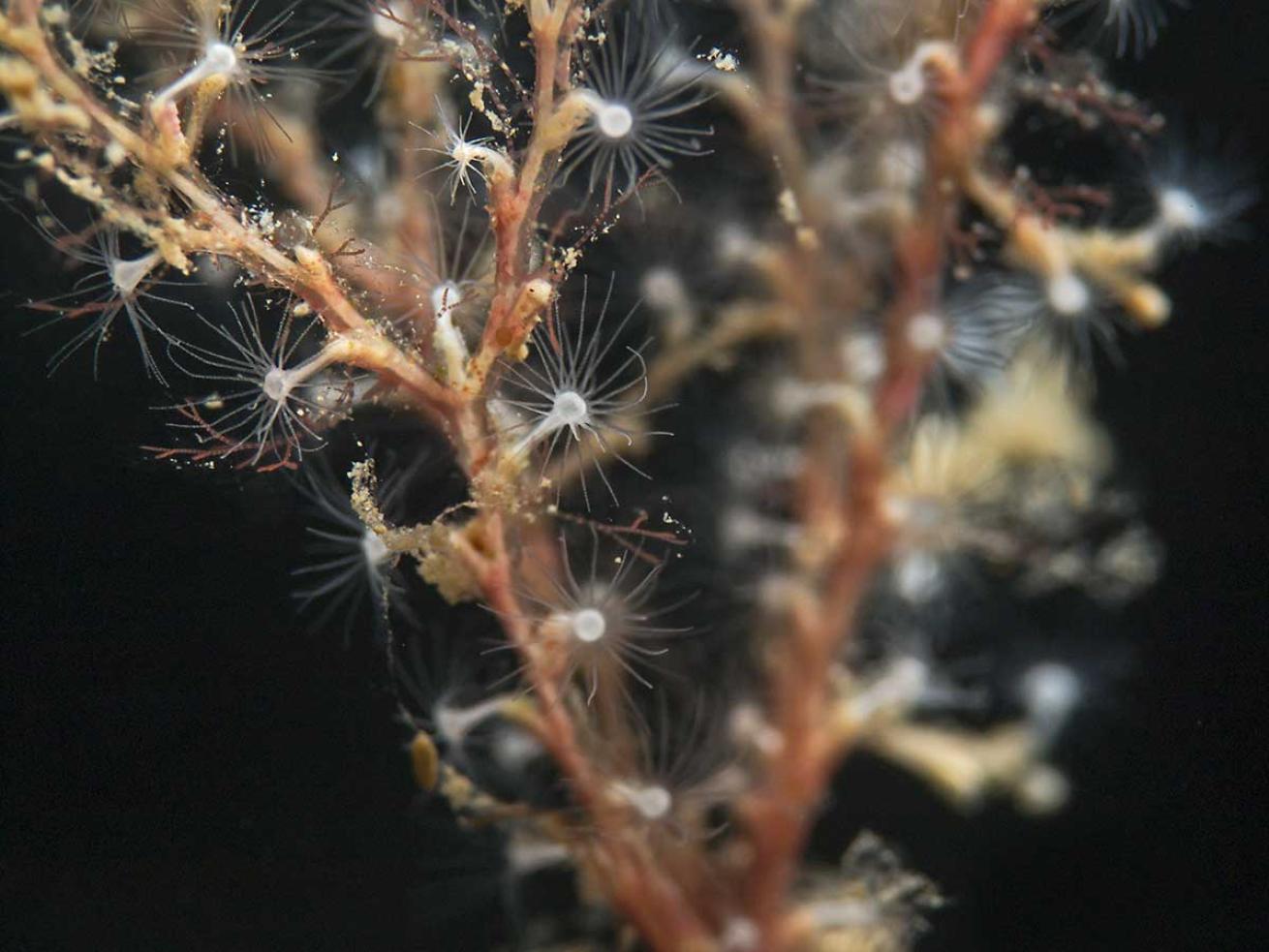
iStockphotoHydroid
“Lionfish often give a warning by flaring out their pectoral fins, stonefish are very difficult to see and can easily be accidentally touched, but the species that are sometimes impossible to avoid contact with because of bottom surge and currents, are the large feather-like stinging hydroids. Just a brief contact with these organisms can give a painful red, itchy rash that can last for weeks and can produce pustules that can break and become infected.”
The uninformed diver may be shocked to see that such a pretty creature can cause such pain, but it helps to understand that stinging hydroids are closely related to the Portuguese man-of-war and fire coral. A gentle brush up against this creature’s nematocysts could result in a nasty rash. That’s why it’s important to pay attention to your dive briefing to be aware of the local marine life and wear appropriate exposure protection.
Tiger shark
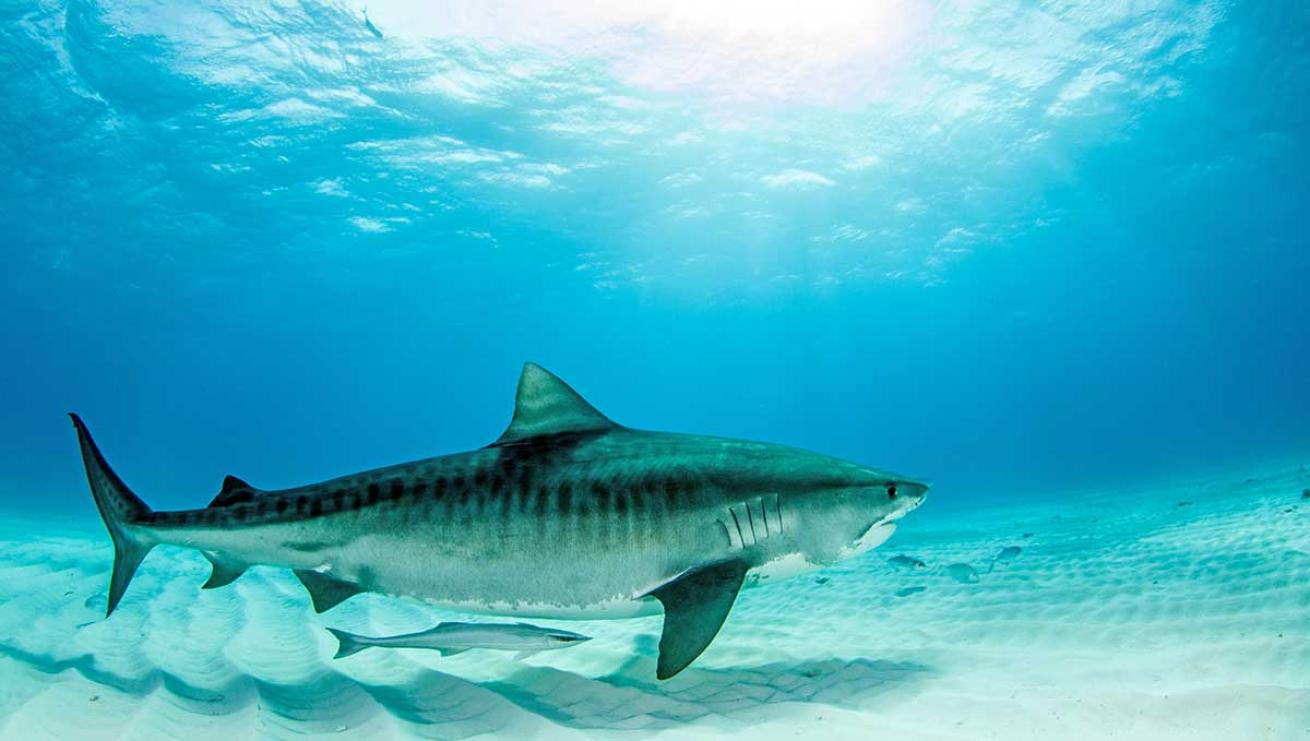
iStockphotoTiger shark
Tiger sharks — named for the distinct vertical stripes found on juveniles — have a bad reputation for two reasons: their place on top of the food chain, and their lack of discernment when it comes to diet.
“Tiger and bull sharks could probably be considered aggressive,” says Smith. “They will eat almost anything, and have few of their own predators as adults, so will push boundaries in trying to consider whether something is edible.”
Tigers have been found with everything from seals to tires in their stomachs, and so they have been linked to human fatalities, the second most for any shark species behind the great white shark. While unprovoked shark attacks are extremely uncommon, it’s important to treat tiger sharks with a great deal of respect in the water.
Bull shark
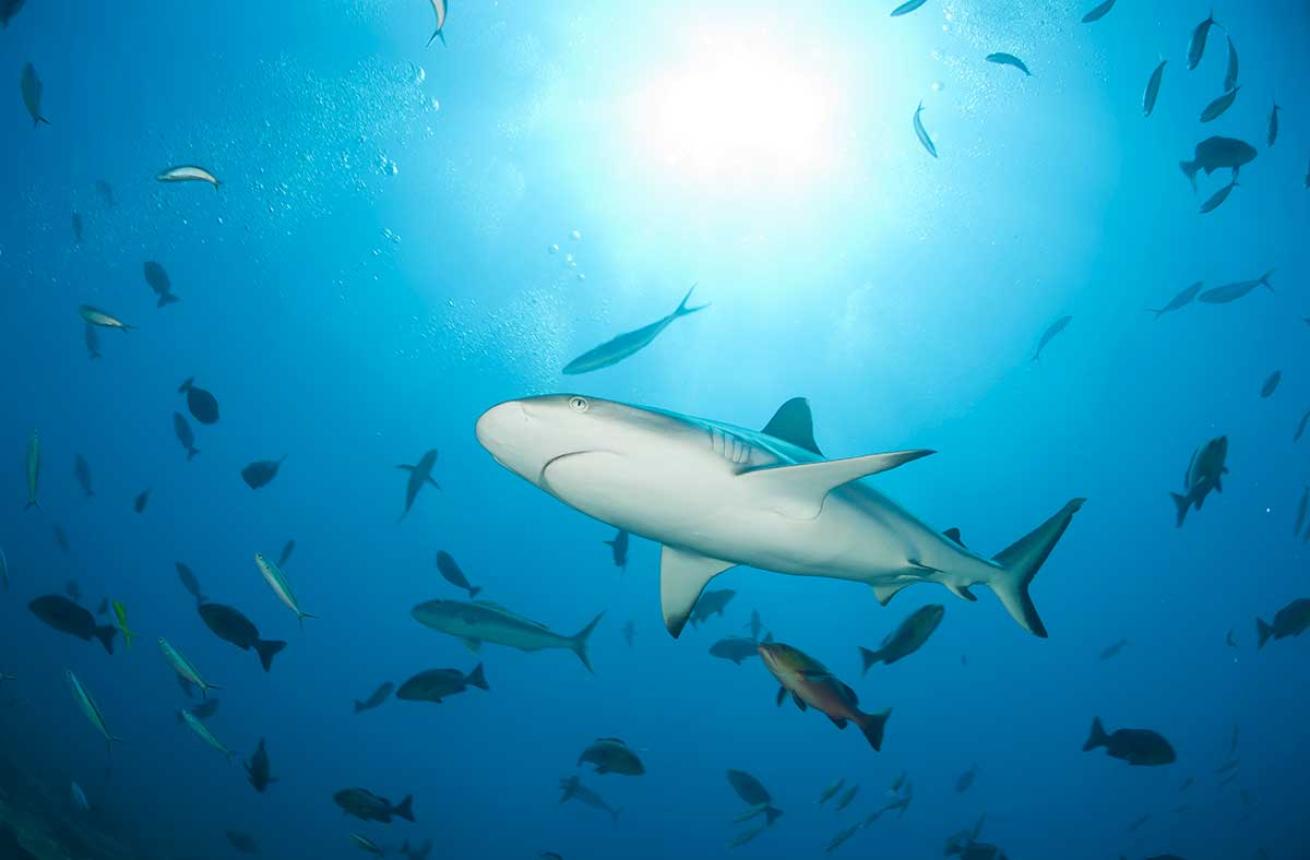
iStockphotoBull shark
Bull sharks, like tiger sharks, are aggressive hunters, but what makes them more of a threat is the fact that they frequent shallow, coastal areas. They can be commonly seen on dives and venture close to beaches. Humans are not on the preferred menu for bull sharks, but accidental attacks can occur.
Triggerfish
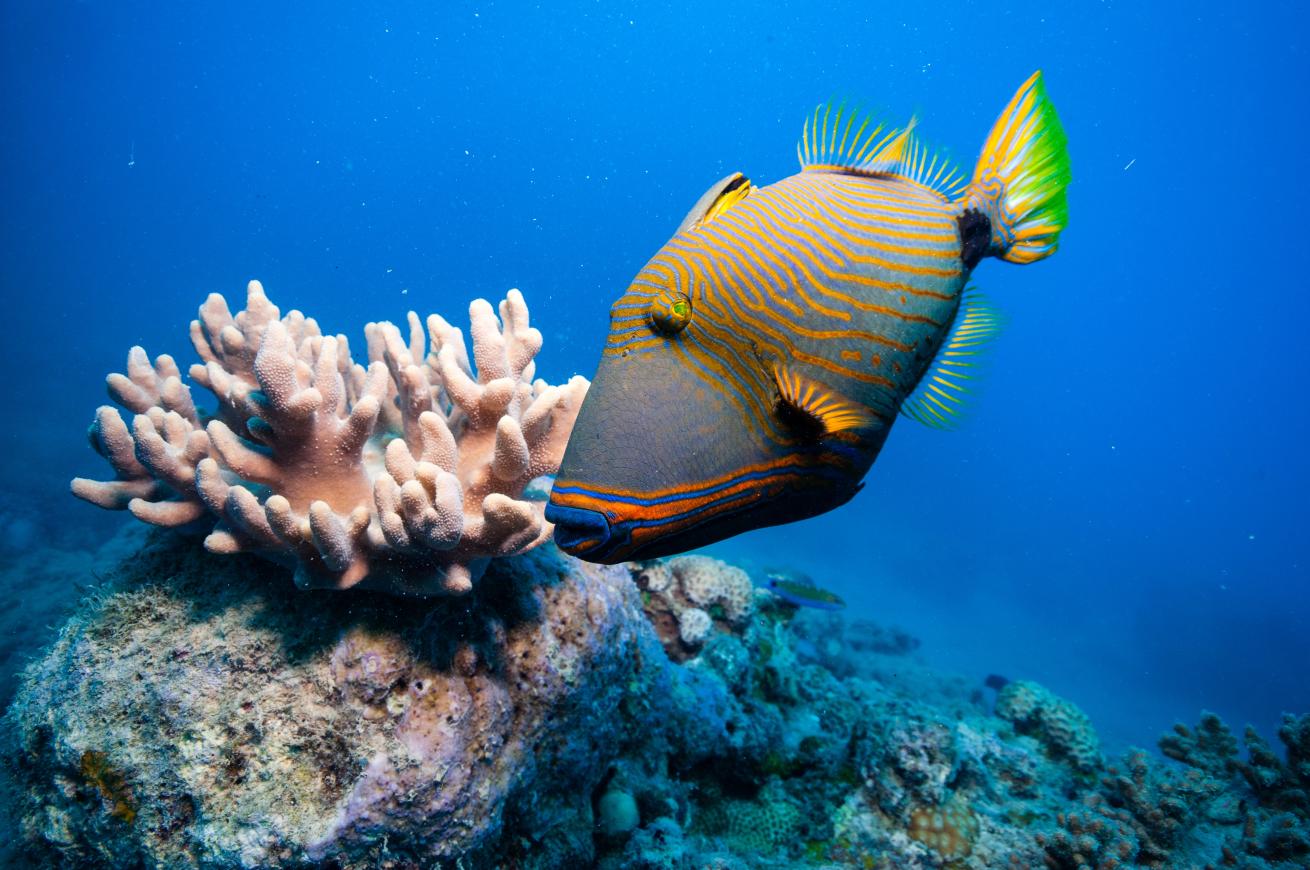
iStockphotoTriggerfish
“Triggerfish seem to cause the most animal aggression-related injuries. When they are protecting eggs, they'll attack anything that comes close,” says Smith. “I have seen quite a few scars on divers that have had run ins with them.”
These tropical fish don’t get quite as big as the mighty tiger shark, but they’re not afraid to protect their turf. That’s why it’s important to understand animal behavior and keep an eye out for fish that are guarding their eggs.
Moray Eel
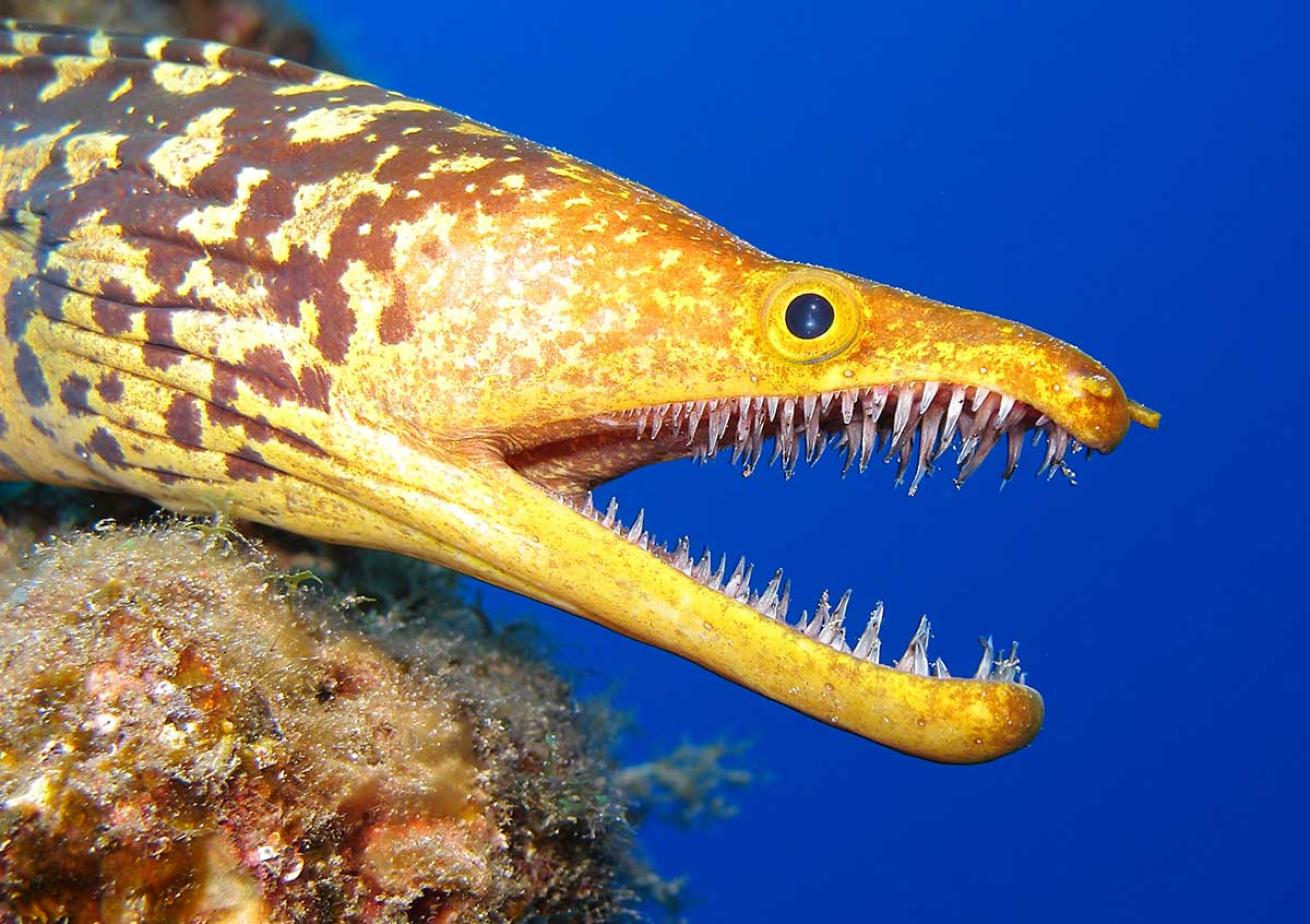
iStockphotoMoray eel
You may come across the occasional “Moray Eel Bites Off Diver’s Thumb” headline, but rest assured that this fish prefers cephalopods and crustaceans over human fingers.
“Morays are only aggressive when they feel threatened, or if someone pokes their hand in their hole or suchlike,” says Smith.
Divers who suffer from eel attacks are generally invasive or feeding the eel. Morays are known to have poor eyesight, so divers who feed these creatures shouldn’t be surprised when they accidentally bite something else with their sharp teeth.
Great barracuda
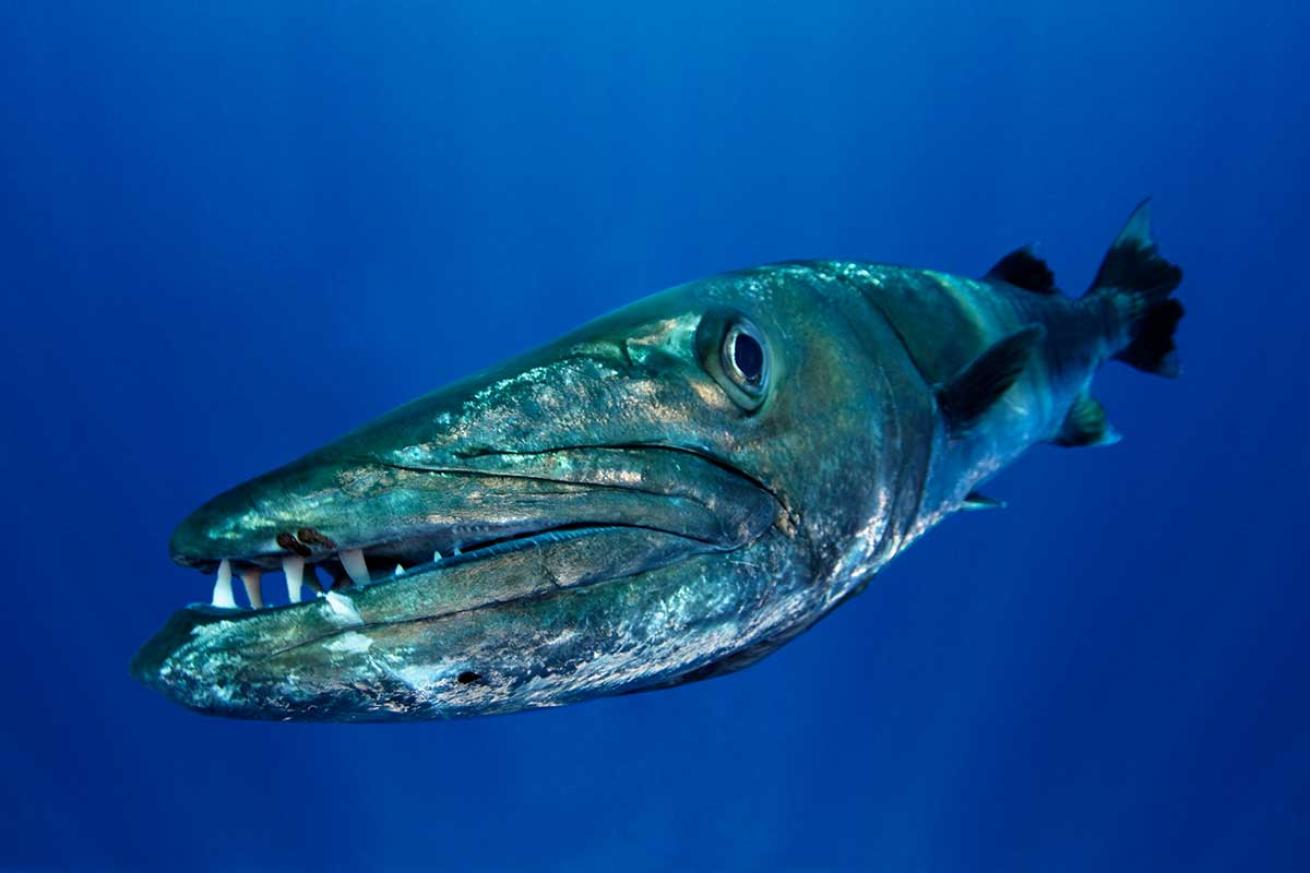
iStockphotoBarracuda
“Great barracuda have a bit of a reputation, but it's usually when they're attracted to something shiny that catches their eye and they mistake it for a fish,” says Smith.
’Cuda make divers nervous because they are a naturally curious fish and will often follow divers for a while to see what’s going on. The truth is, barracuda attacks on humans are extremely rare, especially when unprovoked.
Anemonefish
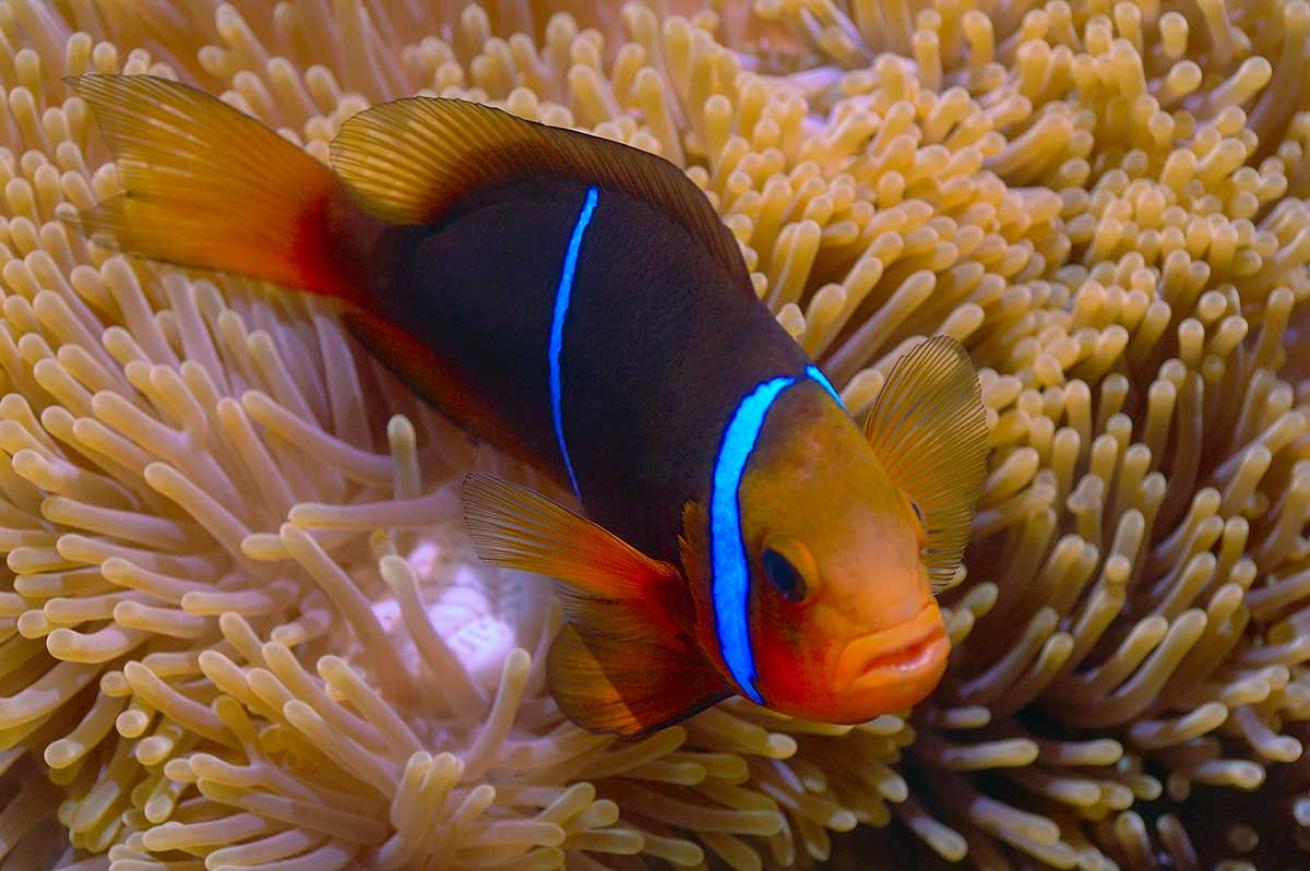
iStockphotoAnemonefish
OK, so Nemo is certainly not responsible for any human fatalities. But cute anemonefish know when to get nasty.
“Another unexpectedly aggressive fish is the anemonefish. Especially when they have eggs, they'll chase off any other creatures,” says Smith. “I once had an anemonefish get so excited about chasing me away that we were 50 meters (about 165 feet) away from his anemone before he decided to stop. By this time he couldn't remember where home was and I had to lead him back!
“Some of the larger damselfishes can be quite aggressive whilst protecting their little algal patches. They 'farm' a small area of reef where they grow tasty algae to feed on. Obviously other fishes are keen to help themselves to the tasty treats, so the damsels with chase off fishes much bigger than themselves.”

